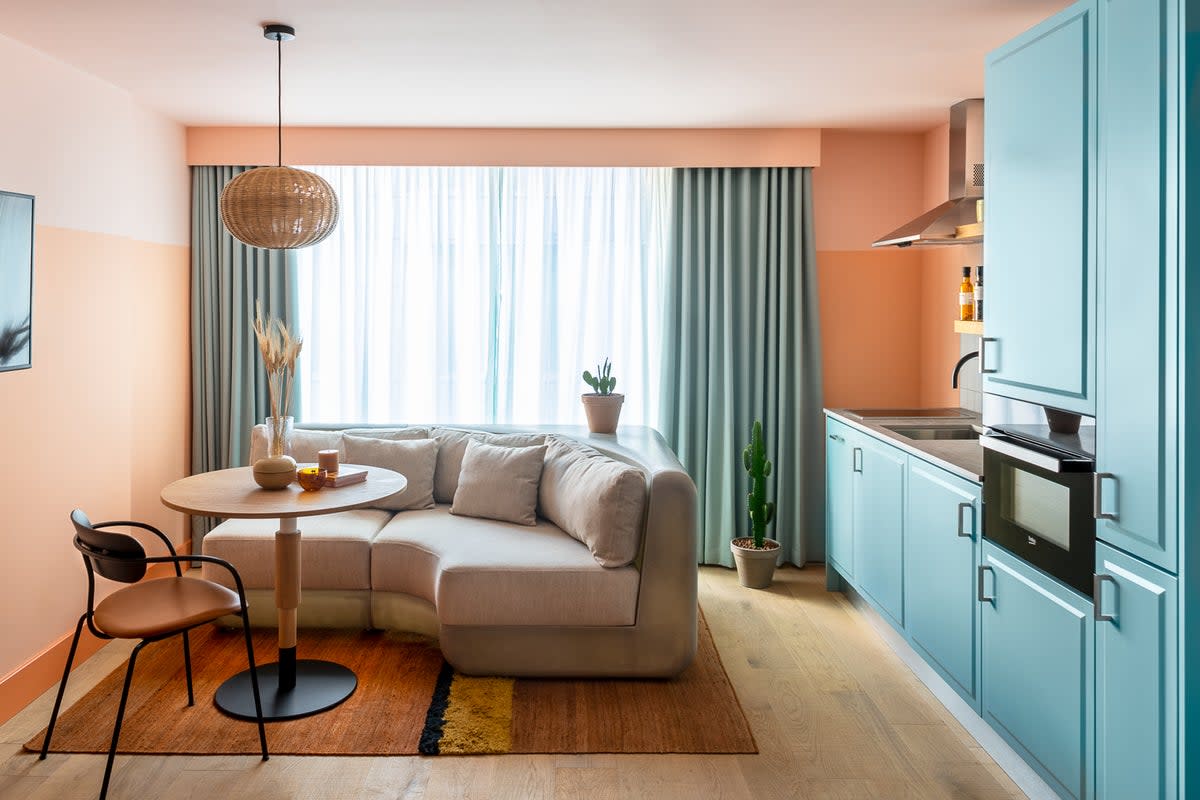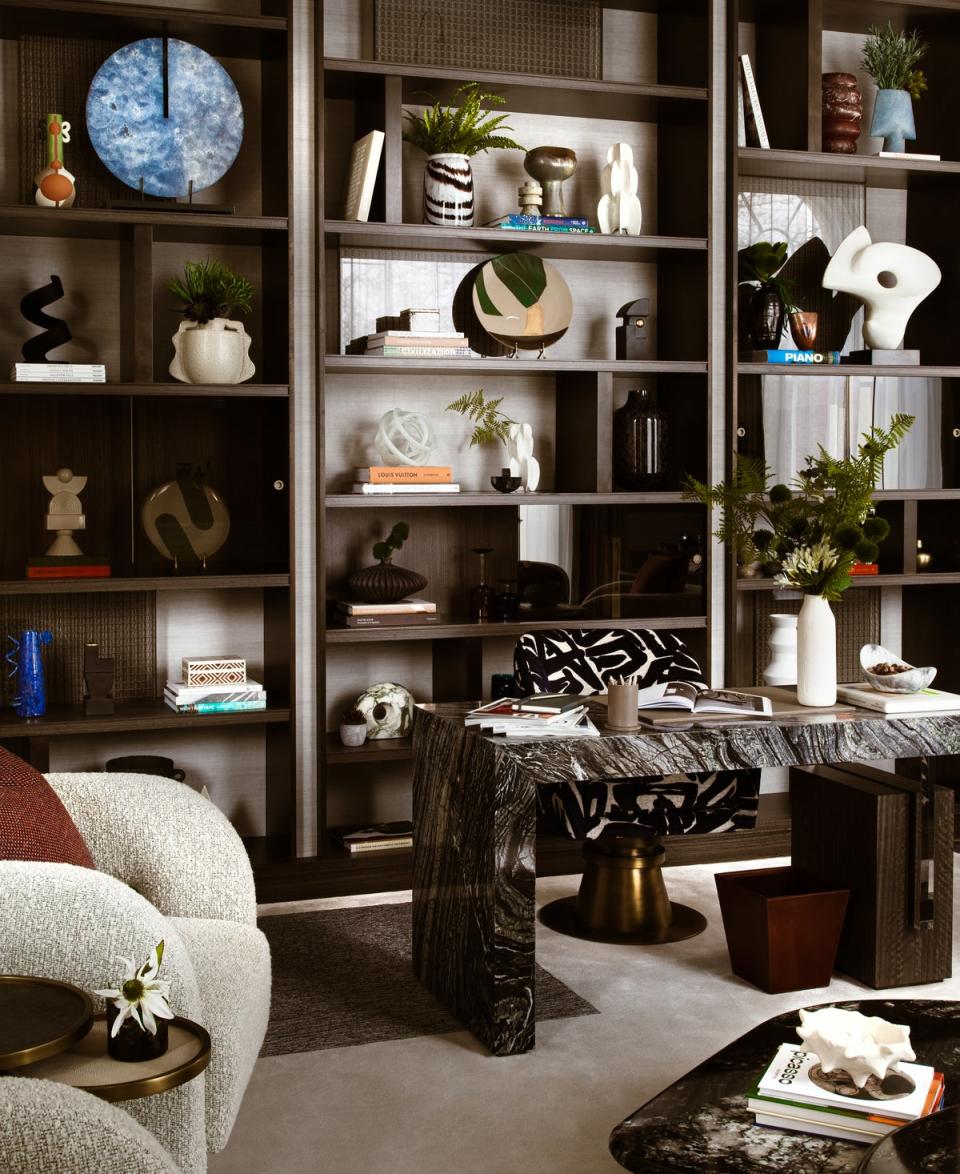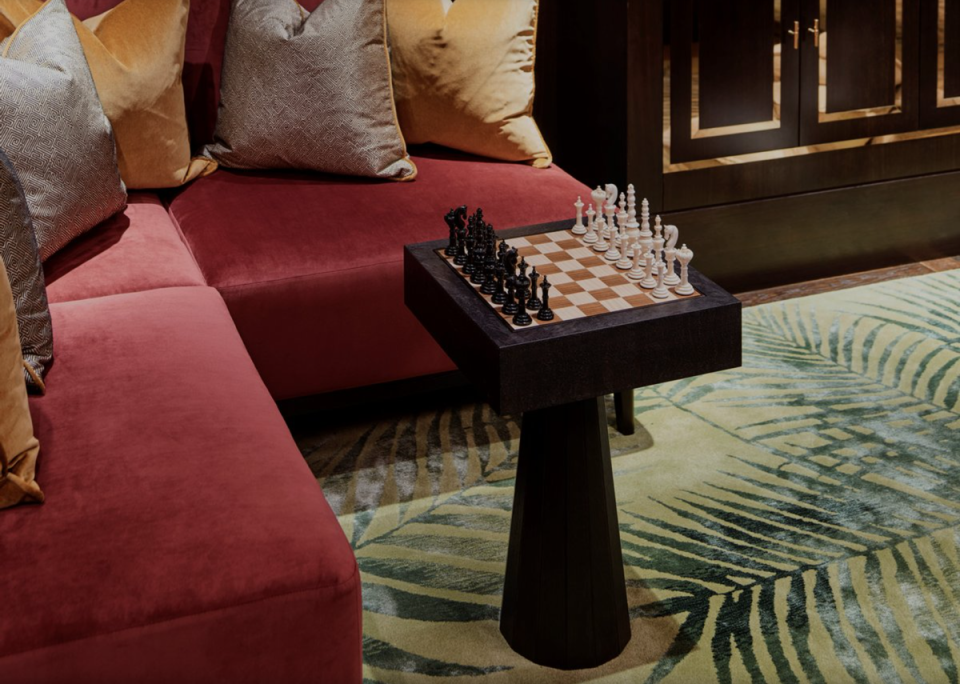How to commission a unique piece of furniture without breaking the bank

Bespoke. The word ‘bespoke’ has become so ubiquitous in the design community that some believe its very meaning has been erased. From the perspective of artisans conjuring heirlooms from tree trunks and keepsakes from fragments of metal, adapting an off-the-shelf cushion with a so-called bespoke trim in one of five available colourways falls into a separate category entirely from the one in which they are operating. Of course, personalised details can still lend a sense of individuality and identity to a home overall, but for purists, the cushion itself cannot be said to be truly bespoke. Absolute uniqueness is the determining factor in the creation of a piece of furniture or artwork worthy of the divisive adjective; the uniqueness of the brief, the special relationship between the maker and the commissioner, and of course, the sheer originality of the finished piece contribute in equal parts to its bespoke status.
Charu Gandhi, the founder of the well-known interior design firm, Elicyon, is quick to tell me that it’s high time the process of commissioning bespoke furniture, accessories or gifts was demystified and democratised, going as far as to say that, “commissioning a bespoke piece can sometimes work out as the same price as purchasing a branded piece of furniture.” Gandhi believes that commissioning bespoke furniture has too long been the preserve of the super-rich and that with the right knowledge and a nudge in the right direction, the option is open to the bespoke-curious at any budget. So this week, I spoke to some of the top interior designers about how they approach commissioning bespoke furniture for their clients and how beginners might be able to get involved.
Establish your motivation
The first step on the journey to commissioning your first piece of furniture, artwork or accessory is to establish a clear motivation for doing so. Any number of factors might influence your decision, but the most common reasons are to create a piece that fits into an unusual room, to invest in quality craftsmanship for a gift or to pass down to the next generation, or to develop a piece of furniture you require but that doesn’t exist “off the shelf”. For Alex Holloway and Na Li, co-Founders of the London-based design studio Holloway Li, “commissioning bespoke furniture is often actually easier than finding something that will work or look the way you need it to. Without constraints on colour, finish or size, you can tailor a piece exactly to your requirements,” instead of retrofitting a piece of furniture that is already in production and may not be quite right.

Meeting your maker
“Following makers on Instagram and visiting craft and design fairs is a great way to add to your little black book for makers,” says Gandhi, who will be sitting on the selection panel for Goldsmiths’ Fair this year, the 40th anniversary of the major contemporary silver and fine jewellery event. “Fairs such as Goldsmiths’, Made London and London Craft Week showcase some of the amazing makers and provide privileged access to working studios,” she says. For Gandhi, one of the most exciting parts of creating a piece of furniture in collaboration with a craftsperson is the relationship you develop, “which in turn plays a big part in the value of the product”.
Camilla Clarke, a creative director at the interior design firm Albion Nord, feels similarly. “Whenever we commission a piece of bespoke furniture for a client,” she says, “we connect them with the maker to forge a relationship, which helps to give the brief more meaning. If you can meet with the craftsperson to see their workshop or studio, you get a sense of who they are and how they work with their materials and feel intimately connected to the genesis of the final piece.” For Clarke, it’s all about the process and the relationships along the way, “working collaboratively to bring something new into the world that you will keep and pass down”.

Time isn’t always money…
“One of the most important considerations to bear in mind is that you’ll need to account for testing things out and allowing enough time for trial and error and prototyping,” say Holloway and Li. “We find that clients really want to be taken on that journey and have the patience for the process if they feel that they are getting something unique out of it,” they add. Gandhi also warns of the timescales involved in bespoke commissioning, saying, “craft requires time and makers shouldn’t be rushed.” Interestingly, she notes that imposing a tight timeframe can often mean that you end up spending more money without achieving the desired results. “If you have the luxury of time,” she suggests, “it could be worth waiting slightly longer for your piece to allow the craftsperson to source rare or limited materials as and when they become more readily available. Ultimately, it’s important to be guided by the maker as they know the materials best and what is available in terms of cost and timeline. Trusting your maker will result in a final product you can be pleased with, as cost and materiality go hand in hand.”

